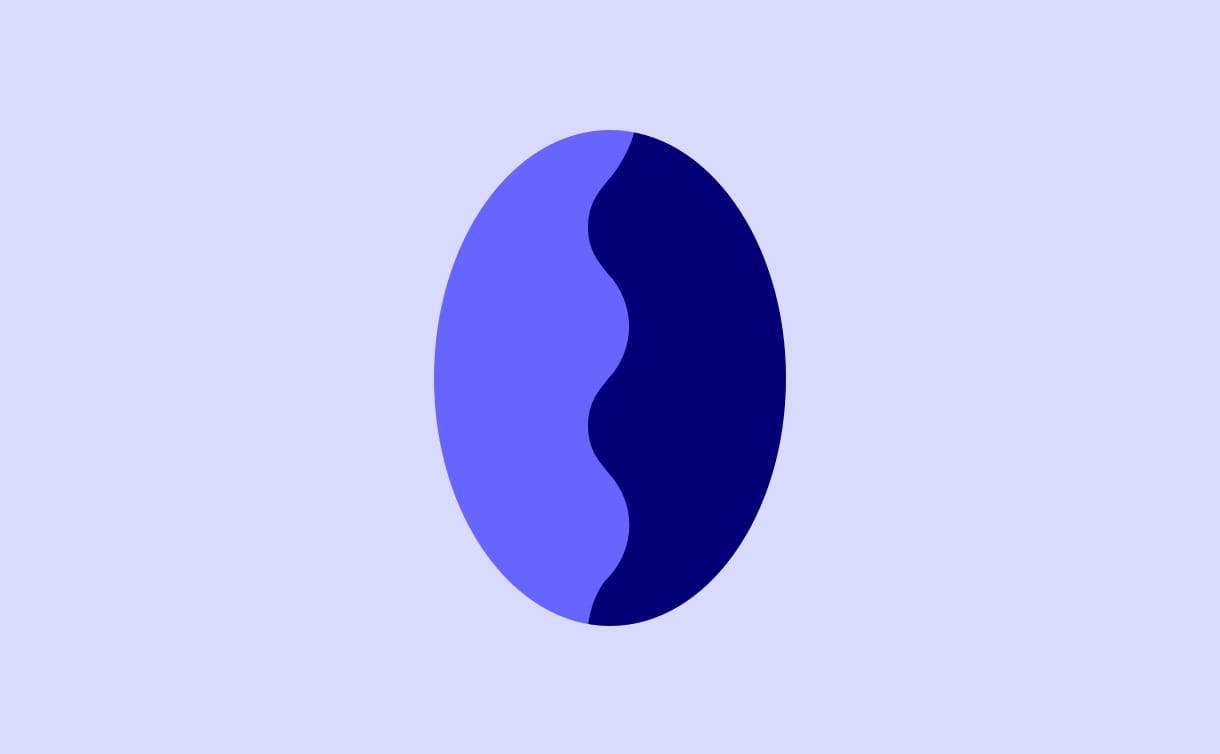Iron Supplement Benefits and Dosage
Iron has been shown to protect against psychiatric disorders—find out why we use it in our Vitals⁺.


Function of iron
A mineral that allows blood to transport oxygen - Component of haemoglobin, myoglobin, and many enzymes.
Iron dosage
The Nutrient Reference Value (NRV) recommends around 13.9mg of iron a day.
Low Iron levels
Low iron, especially during childhood, can lead to reduced cognitive function. It could also protect against psychiatric disorders. A lack of iron can cause all these symptoms because of its intrinsic relationship with the oxygen in our blood. When not enough oxygenated blood reaches the brain, it can cause blood vessels in the brain to swell, which in turn causes these symptoms.
Is iron good for the brain?
A lack of iron can cause tiredness, headaches and dizziness, all of which can affect work capacity, intellectual performance and behaviour. Clinical trials have also shown that supplementing iron over four months improved attention, short- and long-term memory and performance in cognitive tasks.
Iron benefits
Iron is essential for energy levels and exercise performance.
It is harder to source iron with less meat in the diet and women are at risk due to menstruation.
Iron absorption
Iron absorption (especially from vegan sources) is enhanced by vitamin C so including fruit and vegetables with your first meal after your supplement will optimise absorption.